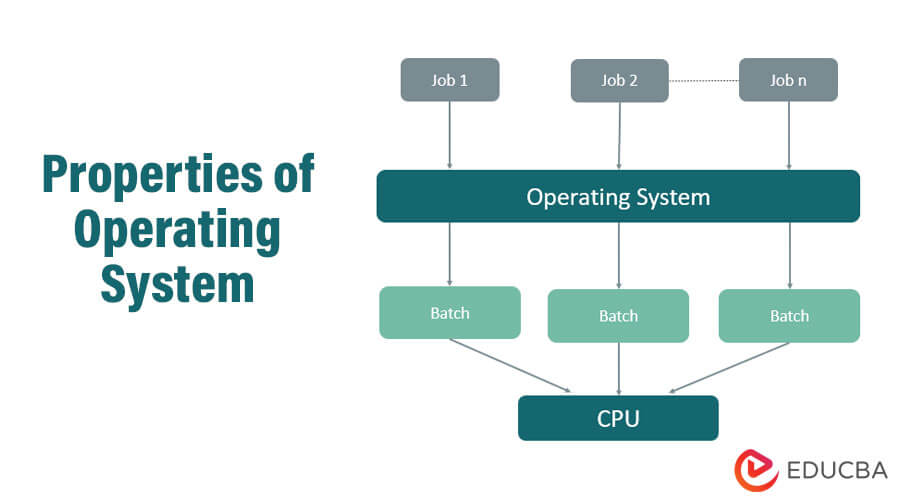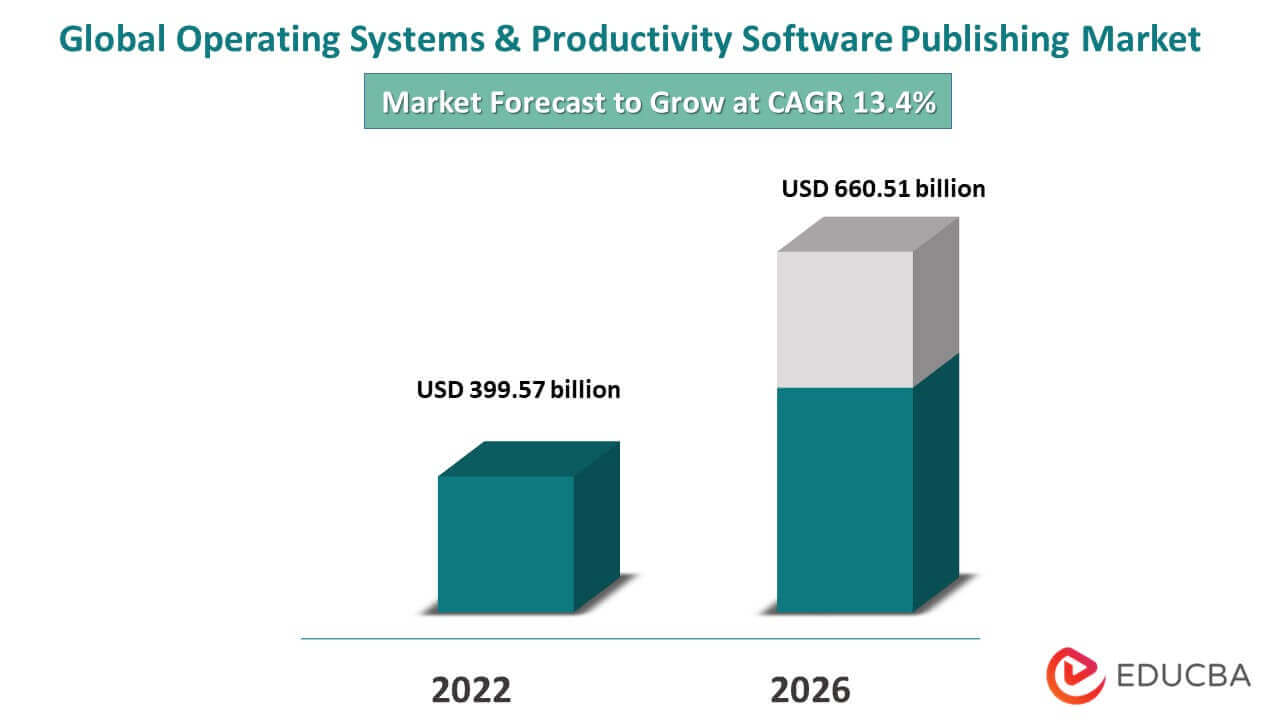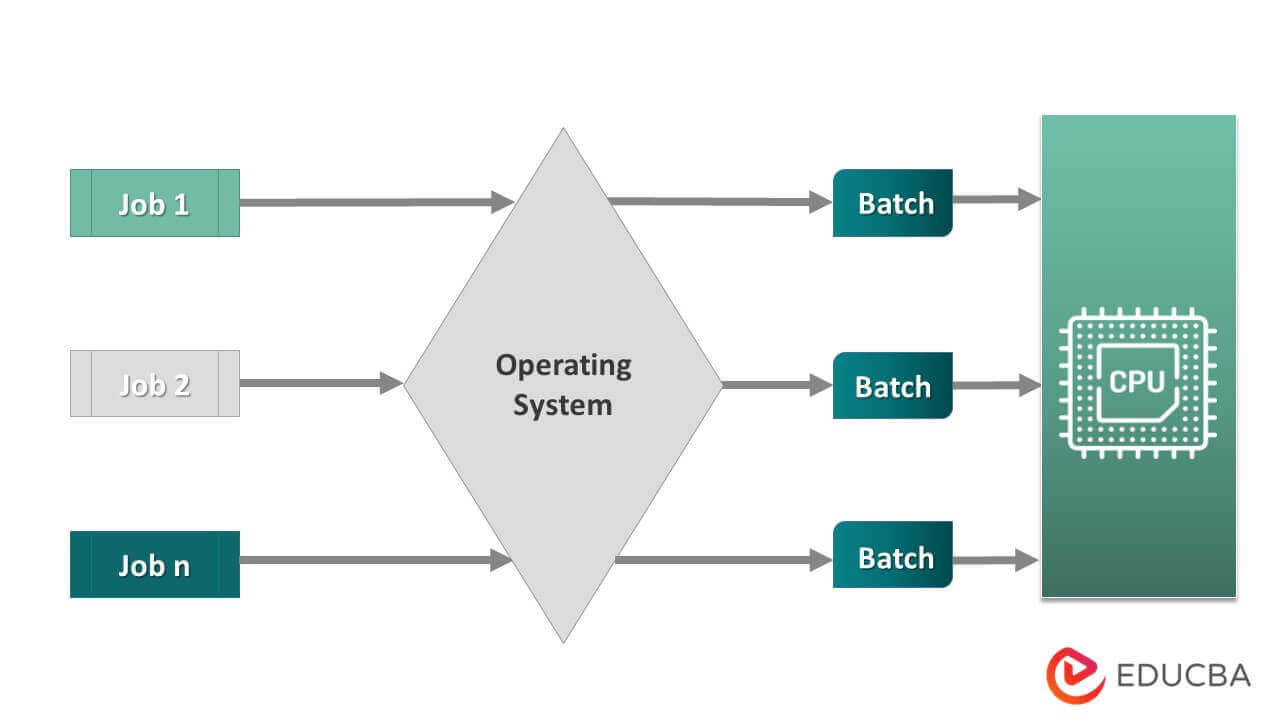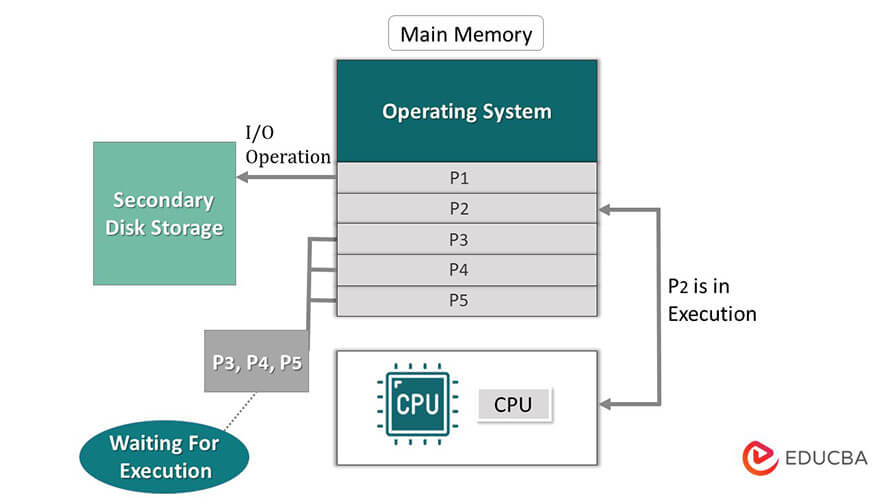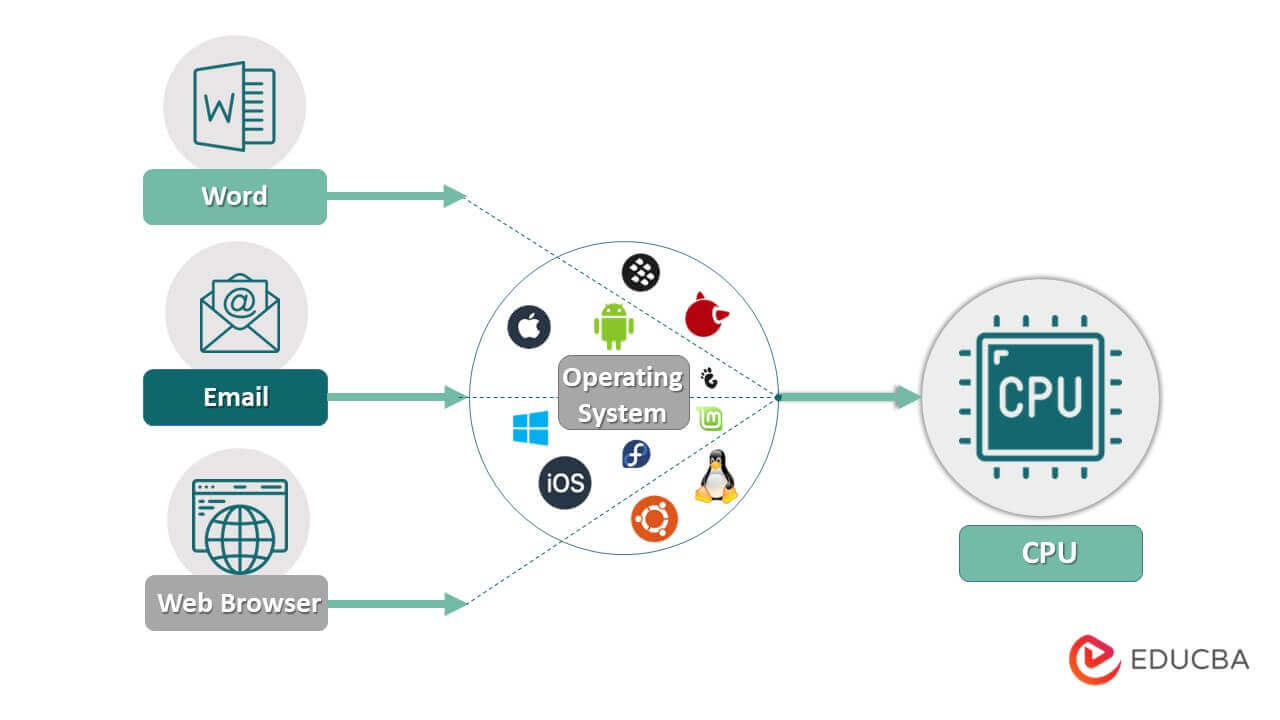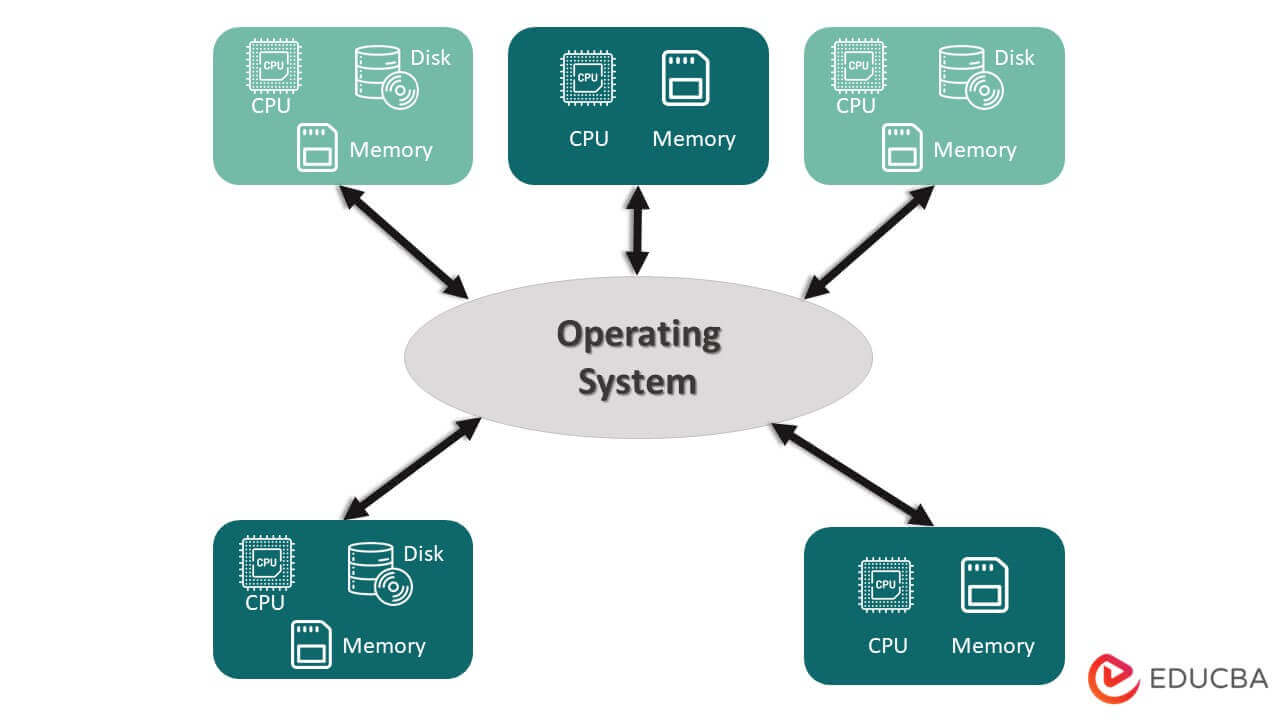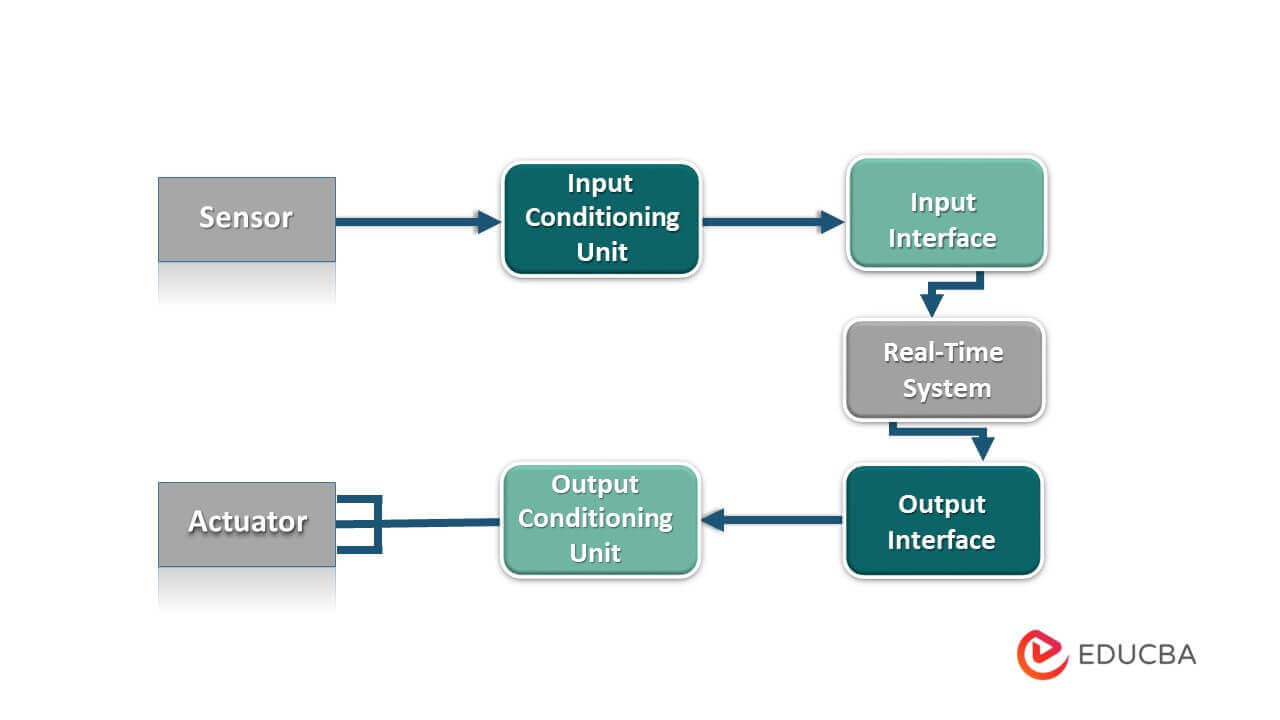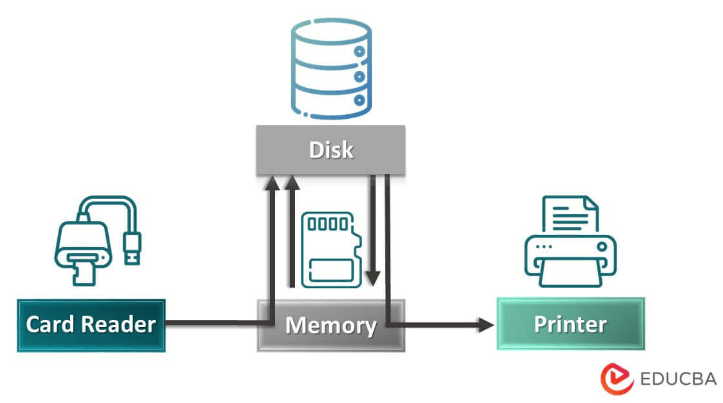Updated November 30, 2023
Global Operating System
All computer-based applications, from the internet browser to media programs and games, require a stable framework for efficient performance. The operating system (OS) provides computers with that support. It oversees a computer’s memory, hardware, processes, and software as a program. Since the OS helps users communicate with the system, it is a computer’s primary language and backbone.
The different properties of an OS work together to execute programs and perform fundamental and complex tasks. Furthermore, it simplifies end-user interaction; OS is an intermediary between the user and the system. Given the need for OS, the global operating system market is growing at a CAGR of 13.4%.
What is an Operating System?
An operating system is a program that monitors computer applications’ execution by acting as a barrier between the user and the computer system. Unlike other computer programs, the OS runs constantly. Its primary function is allocating resources and tasks. The OS comprises seven programs that work simultaneously to control and execute basic memory processes and oversee computer management. Multiple programs on a single system can make it challenging to navigate. However, the operating system ensures that the system runs smoothly by simplifying the UI.
Key Takeaways
- The operating system supports and handles computer applications and programs.
- Different Properties of Operating System
- An OS consists of graphics, texts, UI, and UX for smoother system interaction.
- An operating system makes a device more functional and delivers maximum throughput.
- The OS allows effective testing and enables multiple functions to run together without overloading or overheating the system.
Different Properties of Operating System
An operating system’s seven primary properties allow it to perform all its functionalities without interference.
1. Batch Processing
With its batch processing feature, the OS collects information from programs and applications in batches before execution. It uses a predefined set of commands, controls, and programs and processes them as a single entity. The computer’s internal memory stores this data before execution and processes them based on which task is queued first.
After executing a task, the OS removes the memory from the system and copies the output for later use. Not storing the original data increases system performance, as it runs a new task before the previous one terminates completely without manual help. Since batch processing processes information in batches, debugging might be challenging.
Advantages
- It prevents the system from overloading.
- It accelerates system performance by executing a new task immediately after the previous one finishes.
- It does not require manual assistance.
Disadvantages
- Tasks may get stuck in an infinite loop.
- Since it processes data in batches, one affected task impacts the performance of the entire batch.
- Debugging is challenging
2. Multiprogramming
When the system memory stores multiple processes, the OS begins multiprogramming them. The operating system executes every function on a single CPU in a parallel fashion. The CPU performs one task at a time, queuing the remaining processes. This process makes the rest of the processes wait for their turn, increasing the CPU’s utilization.
The OS ensures the CPU is always active by tracking the system resources in multiprogramming. It also monitors ongoing functions using memory management tasks. This enables the user to believe the CPU is running multiple programs simultaneously.
Advantages
- Multiprogramming increases the CPU’s utilization and efficiency
- It creates an illusion of multiple programs running simultaneously
- Improves user experience
Disadvantages
- It requires CPU scheduling to enable multiprogramming.
- It takes extra CPU space, as memory management uses multiple tasks.
3. Multitasking
The OS allows the CPU to run multiple functions by switching their line-up. Its multitasking property provides a quick response time by accelerating the switching time. The fast response time enables users to interact with separate programs comfortably.
Advantages
- Quick system response time.
- It is time-saving.
- It utilizes system resources adequately and correctly.
Disadvantages
- Running multiple programs can affect the system’s load and speed in the long run.
4. Interactivity
This property allows the user to interact with the system using I/O devices. Interactivity performs its functions quickly, making its response time fast and short. It also monitors input devices, such as keyboards, joysticks, and microphones, and output devices, like monitors, speakers, and printers.
Advantages
- It is easy to navigate.
- Its efficient user interface makes it easy to operate for users with special needs.
Disadvantages
- The user interface takes time to design.
5. Distributive Environment
When multiple independent processes work together, they create a distributive environment. The operating system distributes resources and computation logic among different processors. It distributes resources, enabling smooth communication between them. Instead of sharing the same memory, the processors create separate memories.
Advantages
- Since every processor has a unique memory, malfunctioning one would not affect the entire system.
- Efficient debugging.
- It can process data from multiple devices.
- No maximum cap for the number of processes a system can handle.
Disadvantages
- Low software assistance.
- It is not cost-efficient, as setting up networks requires money and resources.
- A lack of system security can give unauthorized access to confidential data.
- Troubleshooting is challenging.
6. Real-Time System
A real-time system is an embedded system that processes and reacts to sensor data. It also generates responses to operations within a specified duration to ensure proper system management.
Advantages
- It has a short and quick response time.
- It is excellent for accomplishing and finishing tasks on a time crunch.
Disadvantages
- Challenging to navigate.
- Prone to frequent program lags, downtimes, and crashes.
7. Spooling
Spooling stands for simultaneous peripheral operations online. It puts data with various I/O tasks in a particular area in hard disks, known as a buffer. Users can access the data using I/O devices. This OS property handles I/O information spooling, as each device has unique data access rates. It also maintains the spooling area and enables parallel processing.
Advantages
- It uses memory or hard disks as buffers.
- It provides each device with separate data access rates.
- It can use another task’s processor operation to overlap another task’s function.
Disadvantages
- It increases memory traffic.
- It requires large storage devices.
Conclusion
The operating system comprises seven properties that maintain different computer functions. Each processor serves individual operations, such as executing multiple tasks or programs, executing data in batches, and enabling in-system communication. All processes work simultaneously for a smoother and more efficient user and system interaction.
Recommended Article
We hope that this EDUCBA information on “Properties of Operating System” was beneficial to you. You can view EDUCBA’s recommended articles for more information,
